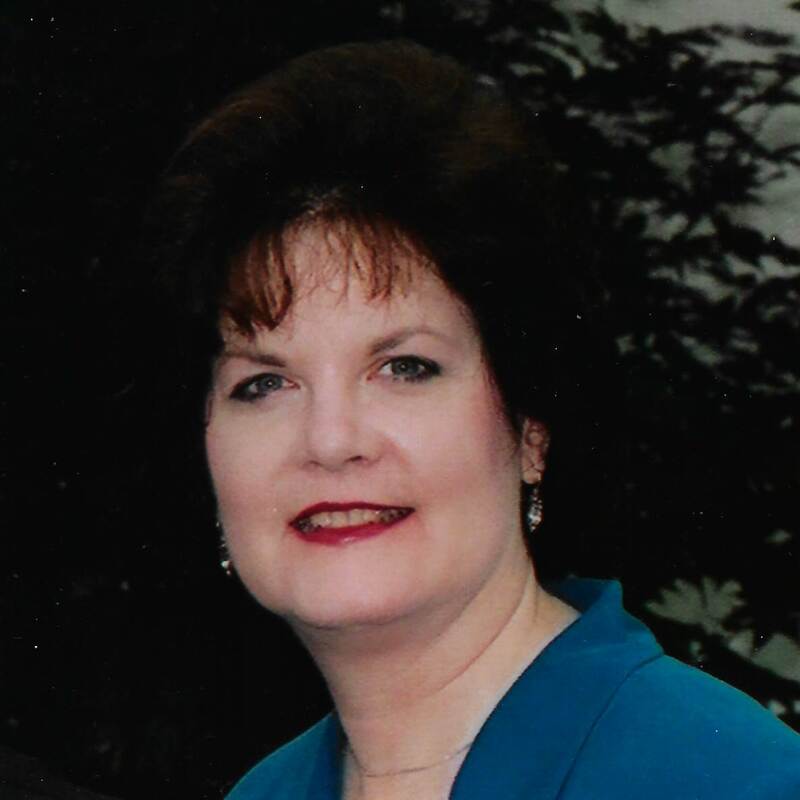|
Would you like to learn a secret that professional resume writers use to save time and create compelling resumes? They use a ladder strategy, rather than a parachute approach. Before I explain, let’s take a moment to review the basic anatomy of a resume: The assertions section makes specific claims that you are capable of doing the job while the evidence section provides a record of your accomplishments. The assertions section includes the headline, tagline, and professional profile statement. Place your assertions in the top one-third to one-half of the first page. The evidence section includes your education, certification, professional associations and, of course, your employment history with performance highlights written in bullet points using the PSR format showing the:
To write your resume like a pro, start from the bottom of your resume and work to the top, saving the headline, tagline, and professional profile for last. Think of it as starting from the bottom rung of your career ladder and climbing up. This is much more effective than taking a parachute approach and writing from the top down for two reasons: The ladder strategy gives you an easier starting point and an overall view of your employment history. Here’s a step-by-step plan for writing your first draft using the ladder strategy: 1. List memberships in professional organizations along with dates of membership and any leadership roles you held. Save your document and scroll up. 2. Above professional organizations, type in your education, certification, and any professional development courses. Save and scroll up. 3. Next, list your professional experience. Start with your oldest job (typically your first job out of college). Why? With the passage of time, you have gained a better perspective of your contributions to the company.
5. List your top 9-12 professional skills in a three-column table in the top 1/3 of your resume or create a functional listing of specific skills under each job description, or both.
6. Next, create a professional profile statement. Remember, your profile should be future-focused and position you for the next rung on your career ladder.
8. For the tagline, write your unique selling proposition, core value proposition statement, or competitive differentiation statement (similar concepts with differing terminology). Answer this question: How do you make a difference in the workplace?
9. Create your letterhead with your contact information and your headers for subsequent pages of your resume. Make sure your page breaks fall at appropriate places. Save your document and print. 10. Google the top 20 worst words to use in a resume. Now, scan your resume to see if you have used any of the overly used words and delete them wherever possible.
11. Proofread thoroughly.
Job Seeker, knowing these 12 tips and tricks from the pros will take the mystery out of writing your resume. However, if you find that writing about yourself is mind boggling, we’re here to help you strike the right balance between assertions and evidence and take the guesswork out of writing your career story. Starting with an in-depth interview and fit/gap analysis, we’ll create an authentic, purpose-driven, and focused resume that paints a positive yet realistic portrait of who you are and the value you bring to your next employer. Our mission is to help you land your dream job fast. Call us today at 912-656-6857. © 2016, Sharla Taylor, Written by a Pro. All rights reserved. Comments are closed.
|
Sharla Taylor's BlogCategories
All
Author
Sharla is a mulit-certified career coach, executive resume writer, job search strategist, networking consultant, and published author. Through her company, Written by a Pro, Sharla has been helping executives and mid-career professionals land great jobs with better compensation and work-life balance for more than 20 years. She approaches her business from a Christian perspective. Her favorite Scripture is Matthew 19:26 "with God all things are possible" and this Bible verse is the inspiration for the Mission Possible Career Coaching Program. Click here to explore some free resources for mid-career and executive job seekers and book your free, 20-minute consultation with Sharla Taylor. WRITTEN BY A PRO
912-656-6857 Mon. - Thurs. by appt. only Graphic Artist
Austin Farmer, graphic artist, is a graduate of Savannah College of Art and Design where he majored in Industrial Design and minored in Architecture. Austin creates marketing materials for businesses and uses his artistic and musical talents to enhance the worship service at Compassion Church. He also draws exquisite portraits and creates amazing animations! Austin's favorite Scripture passage is Isaiah 12:2. |

 RSS Feed
RSS Feed
